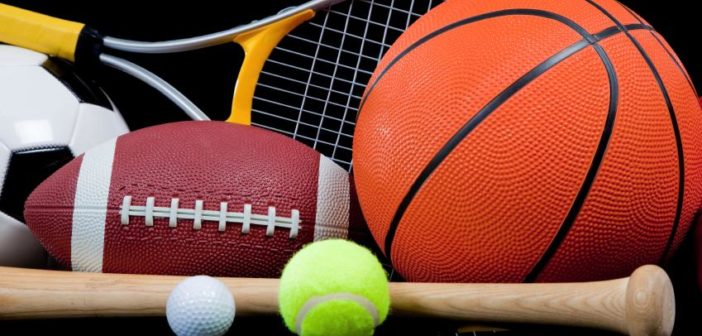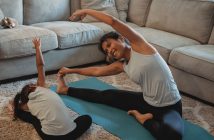Students are the most passionate and excited when it comes to playing their favorite sports at school or at a camp. However, participating in sports without wearing the proper gear increases the risk of injuries: for example, playing badminton or tennis with a badly strung racquet while wearing worn-out shoes can increase your risk of injury almost as much as playing football without shoulder pads or a helmet. Using wrong — or improperly fitted — equipment is a major cause of injuries.
Let’s take a look at some of the sports gear that amateur athletes often overlook when playing school sports.
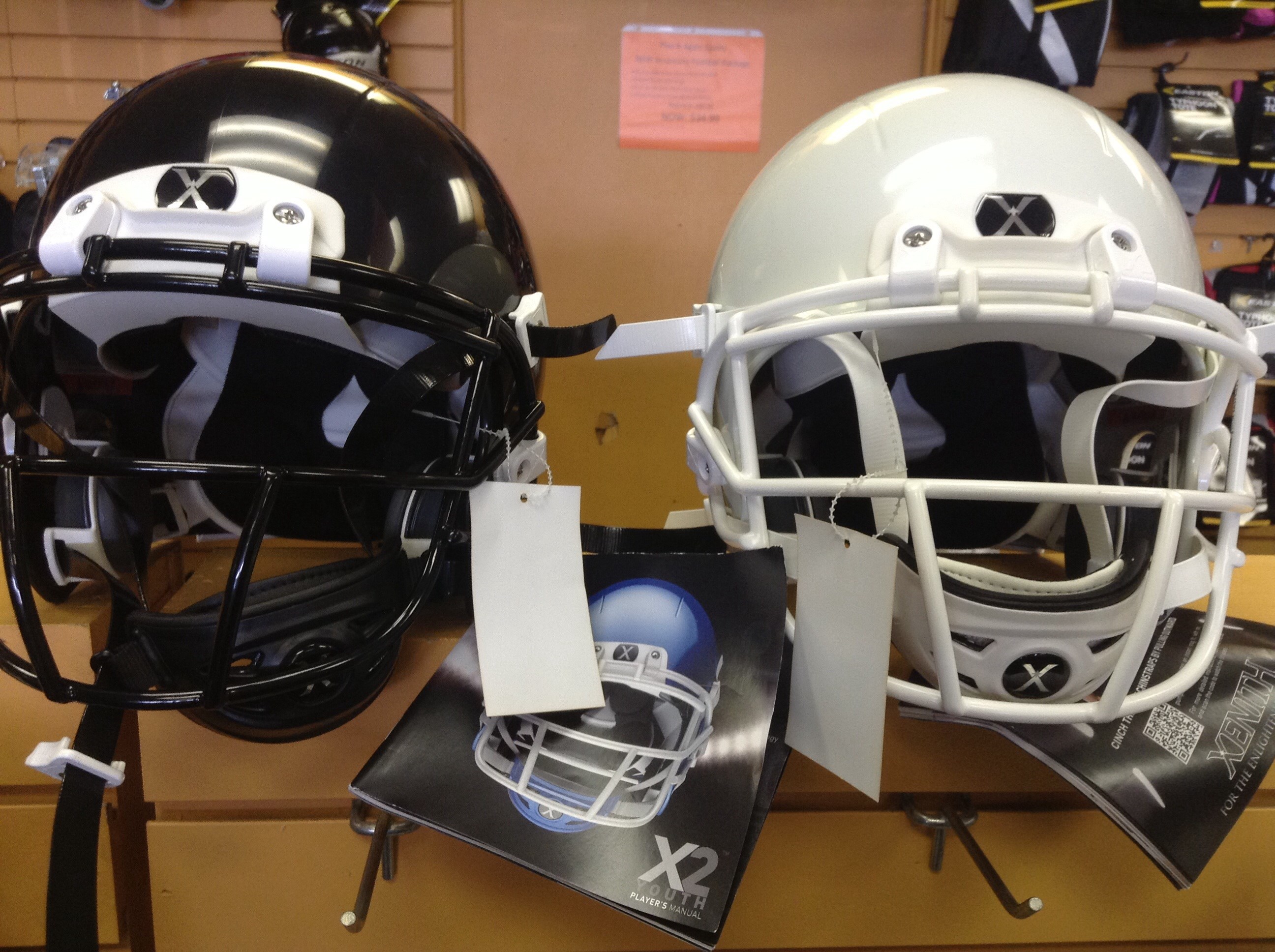
Head Gear
Helmets:These are required for most sports with high risk of head injuries. They’re important for sports such as football, hockey, baseball, softball, biking, skateboarding, to name just a few. Injuries related to the head have the potential to cause serious damage to the spine and may be life-threatening.
• Always wear a helmet made specifically for the sport you’re playing.
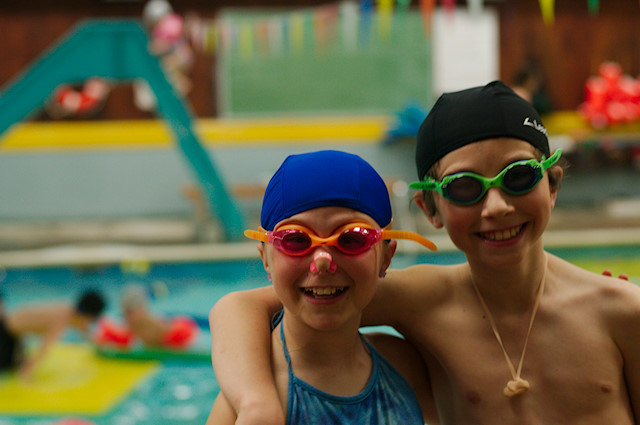
Eye and face shields
Sports of all types may require eye or face protection depending on the players’ need. Face masks come in different forms for different types of sports. Eye protection is an additional support provided by sports goggles. Goggles are reliable in the fact that they do not move around while the player is in motion and they protect the eye from foreign objects
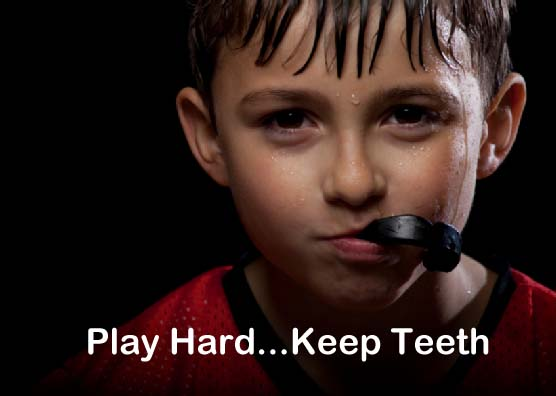
Mouthguards can protect your mouth, teeth, and tongue:
• You should wear a mouth guard if you play a contact sport or other sport where head injury is a risk, such as football, basketball, hockey, volleyball, martial arts, boxing, or wrestling.
• Mouthguards can be fitted for your mouth by a dentist or purchased at sports stores.
• If you wear a retainer, always take it out before you start to exercise, practice, or play.
Wrist, knee, elbow and ankle guards are important gear too:
• If you inline skate, skateboard, or ride a scooter, you should wear guards.
• Elbow and wrist guards can prevent arm and wrist fractures, and knee guards can shield your knees from cuts and breaks.
• Ankle guard prevents ankle sprains and fractures
Pads:
• All kinds of sports, from hockey to inline skating, require pads. There are shin, knee, elbow, wrist, chest, shoulder, hip, and thigh pads.
• Check with your PE teacher, coach or doctor to find out what kinds of pads you might need for your sport.
Protective cup (to protect the testicles):
• Students who play hockey, football, basketball, baseball, soccer, and other contact sports should use a cup.
• For non-contact sports that involve running, guys should wear an athletic supporter.
• If you’re unsure, ask your coach, athletic trainer, or parent if you need a cup for your sport.
Footwear can keep you from tripping and falling:
The right footwear can also increase your performance in a specific sport.
• You know that sports like football, baseball, softball, and soccer require cleats. But you may not realize that sports like skateboarding and biking need special types of shoes, too. Ask your PE teacher or coach what shoes are best for your sport.
• Replace shoes and cleats that have worn out or are no longer supportive.
Wearing the right equipment with the right fit dramatically decreases your chances of getting hurt. Guys let go out there, get the right gear, protect yourselves, and enjoy your sports activities.
Photos: playitagainsportsalbuquerque.com, choudhurydental.com, cf.ltkcdn.net, fimby.tougas.net

